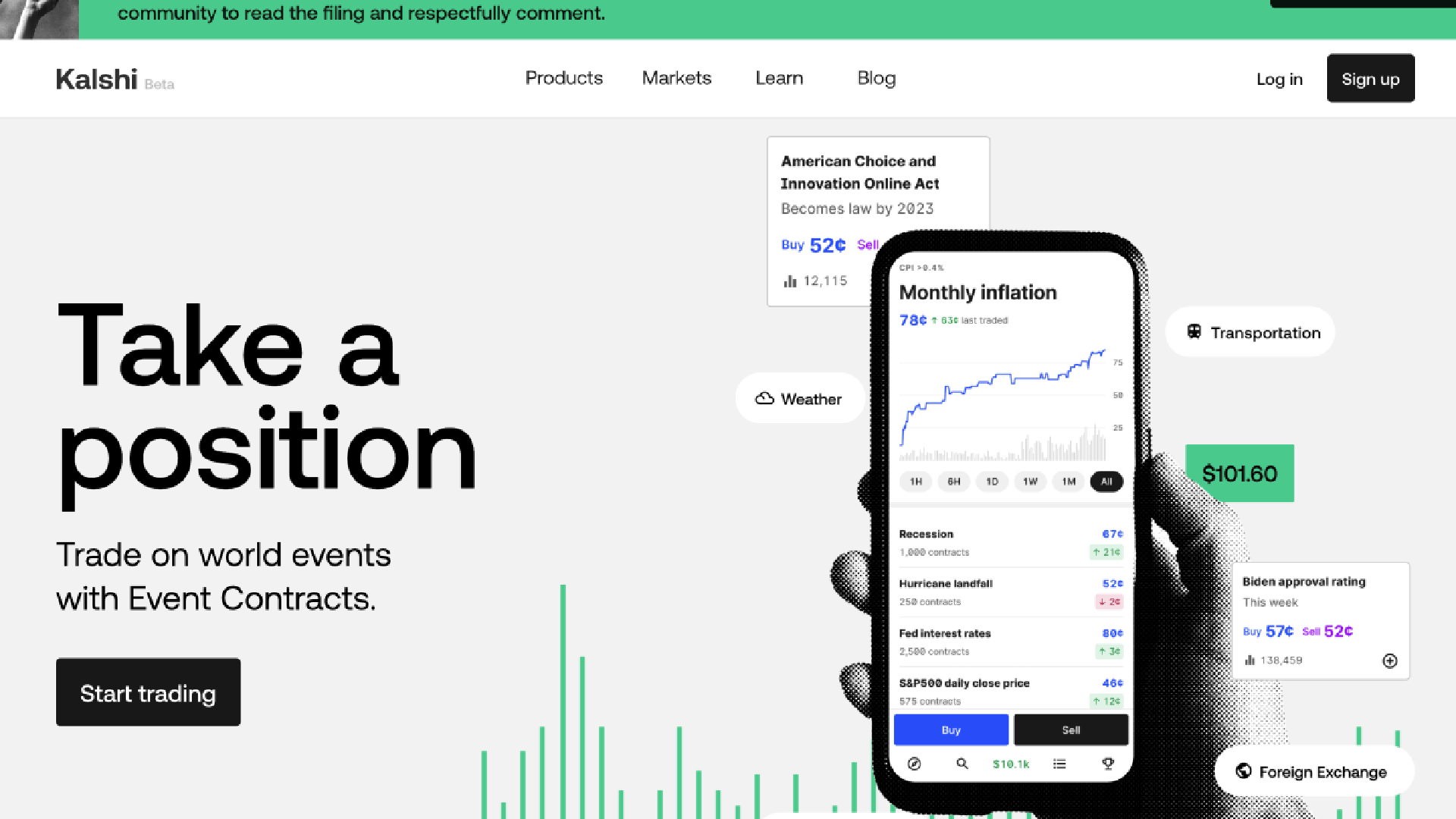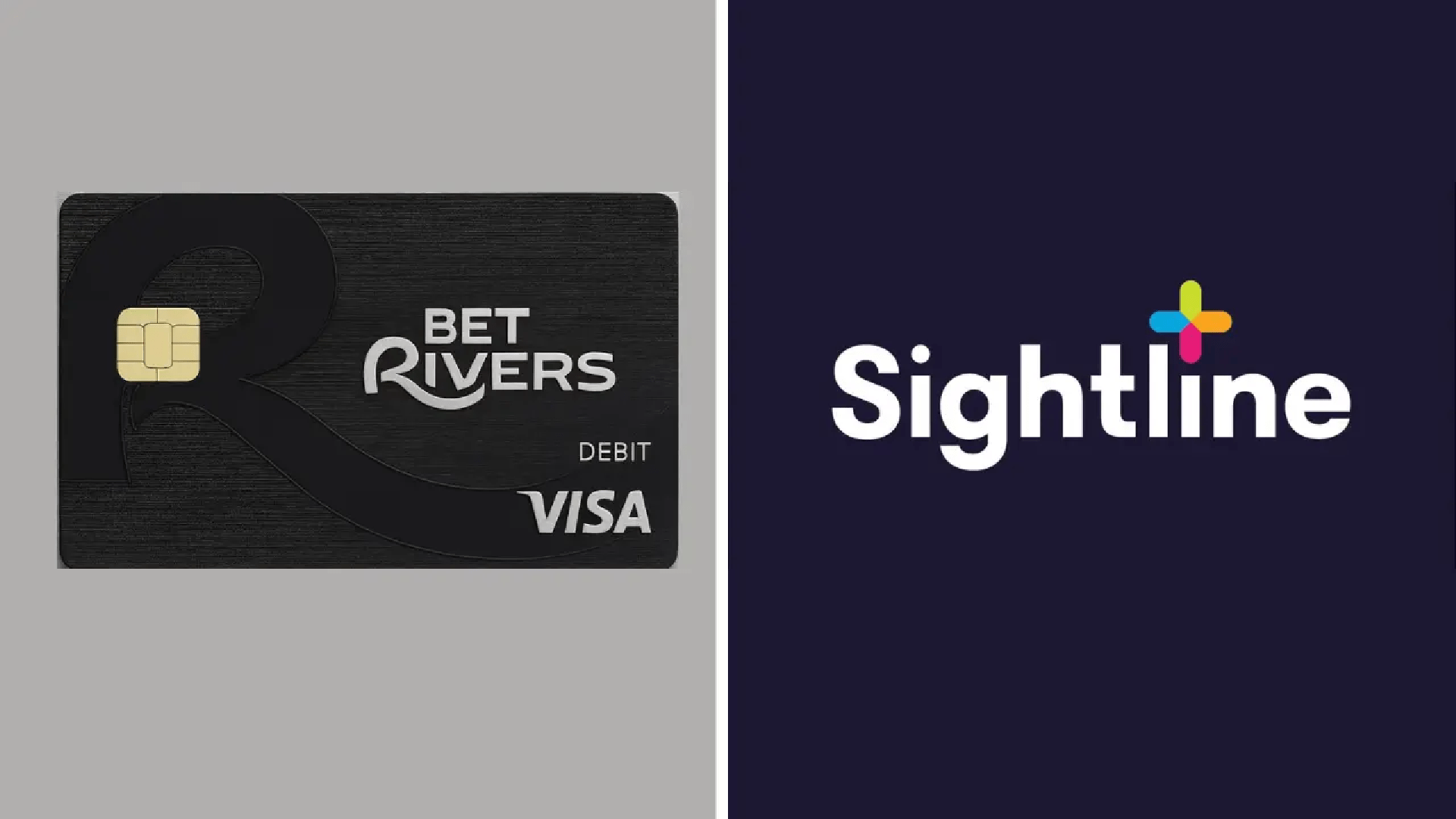Gambling News 04 September 2025
Prediction Market Threat to Sportsbooks May Be Overstated, Says Analyst

Although prediction markets are receiving a lot of attention, it could be exaggerated to say that businesses like Kalshi and Polymarket represent a danger to online sports betting (OSB) operators.
This is the opinion of Jefferies analyst David Katz, who notes in a recent research that although trade volumes on Kalshi and Polymarket are increasing, largely as a result of the exchanges' increased sports offerings, the excitement surrounding the total addressable market (TAM) may be overblown.
A chart detailing the lead, in handle terms, possessed by online sports betting operators over Kalshi and Polymarket.
“While reported prediction trading volumes will likely continue to grow due to the breadth available (entertainment, financials, elections, sports, etc), and we see a global potential TAM of >$100B, this greatly overstates the potential profitability of these markets,” observes the analyst.
Katz draws attention to a significant—yet perhaps underappreciated—difference between the business strategies of conventional sportsbook operators and those of firms like Kalshi and Polymarket. While bookmakers rely on results, derivatives exchanges receive a commission each time an event contract is traded; nevertheless, this does not always benefit the former.
“The low fee structure of prediction markets implies a consumer benefit at the expense of OSB profitability. Further, core OSB business is driven by 1) breadth of offerings, including parlays (60% of US bets), and 2) ease of use/engagement, which are not comparable in prediction markets in our view,” adds the analyst.
Forecast: "For the time being, there is more sizzle than steak."
The start of the football season has sparked a flurry of news about prediction markets, such as Kalshi's introduction of player props and parlays, Robinhood Markets' yes/no football contracts, and Crypto.com and Underdog Fantasy's collaboration. However, a lot of this could just be hype.
Katz claims that the current situation between prediction markets and OSB is "more sizzle than steak," and that the former would appear much less spectacular if its volume were assessed in a manner similar to that of OSB handle.
Translation: FanDuel parent company Flutter Entertainment (NYSE: FLUT) and DraftKings (NASDAQ: DKNG) are currently far more successful than Kalshi and Polymarket's sports contracts businesses.
“To this point, we estimate that comparable US OSB handle from Kalshi and Polymarket combined was just ~$1.5 billion in 1H25, compared to $25.4 billion and $26.3 billion for DKNG and FLUT, respectively,” says Katz. “Furthermore, on this comparable handle, the prediction operators’ LSD hold implies a 1H25 net gaming revenue (NGR) of just ~$40 million, vs. $1.88 billion and $2.35 billion for DKNG and FLUT.”
Texas and California Access can also be overhyped
One of the frequently mentioned benefits of prediction markets is that their operators are subject to federal regulation, which allows them to attract customers in all 50 states. This is not the case for gaming enterprises, which are subject to state-specific regulations.
Because of this regulatory edge, there is talk that derivatives exchanges will outperform sportsbook operators in Texas and California, which don't seem poised to allow sports betting anytime soon. The two most populated states are already sending visitors to Kalshi and Polymarket's websites, but the run-rate is little compared to what DraftKings and FanDuel would produce in those states.
“We estimate that ~25% of Kalshi and Polymarket web visits are already coming from CA & TX, though this has only generated a run-rate of ~$1 billion/year in comparable OSB handle,” concludes Katz. “This compares to our prior estimate of $10 billion+ in OSB handle/year with full legalization, based on CA & TX populations and a GGR per cap estimate of $122.”
Related articles
Read some iteresting and relatable articles abaout casino.
Try These Casinos

- Full range of slots, table games, video pokers, and specialty games from Rival
- Live chat, UK freephone, international phone, and email are all available for 24/7 assistance.
- In the past, games have proven to be fair.
Irish Luck
295% Welcome Bonus And Get £25 Free Chip!
T&C HOLMES code is valid once for new players only on slots and specialty games, playthrough x50 the bonus amount, max cashout х2.

- 100% first deposit bonus plus 50 free spins.
- 365 days a year, there is telephone support.
- Incredibly user-friendly mobile casino.
Mr Spin
Up To 50 FREE SPINS!
18+. New Players only. Up to £3 bonus credit. Win paid as bonus credit. 40x wagering requirement. Up to 100% deposit match of first deposit awarded as bonus credit via Lobby Game. Max bonus £100. Min deposit £3. £50 Max withdrawal from bonus win. 7 day expiry. T&Cs apply.

Fruit Kings
Deposit £10 or more and receive a 100% deposit bonus up to £50 PLUS 100 spins on Book of Dead
18+. New players only. 100% bonus on first deposit up to £50 & 100 Bonus Spins (50 spins on day 1, 25 on day 2, 25 on day 3) for Book of Dead slot only. Min first deposit of £20. Max bonus £50. Max bonus bet £5. Max bonus cash-out £250. 40x wagering requirements. Bonus expiry 30 days. Bonus spins expire after 48 hours. Game restrictions apply. Further Terms Apply.




